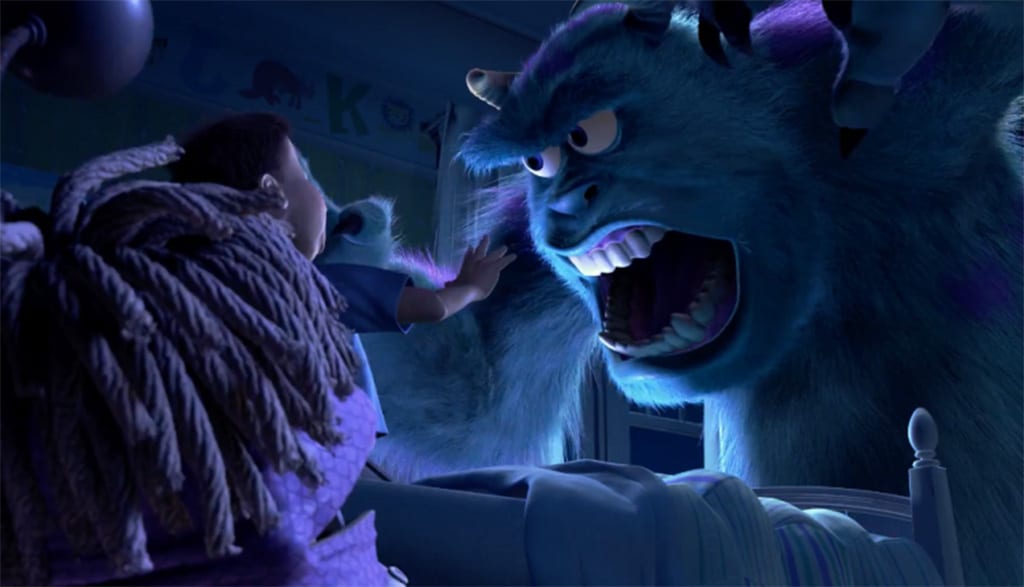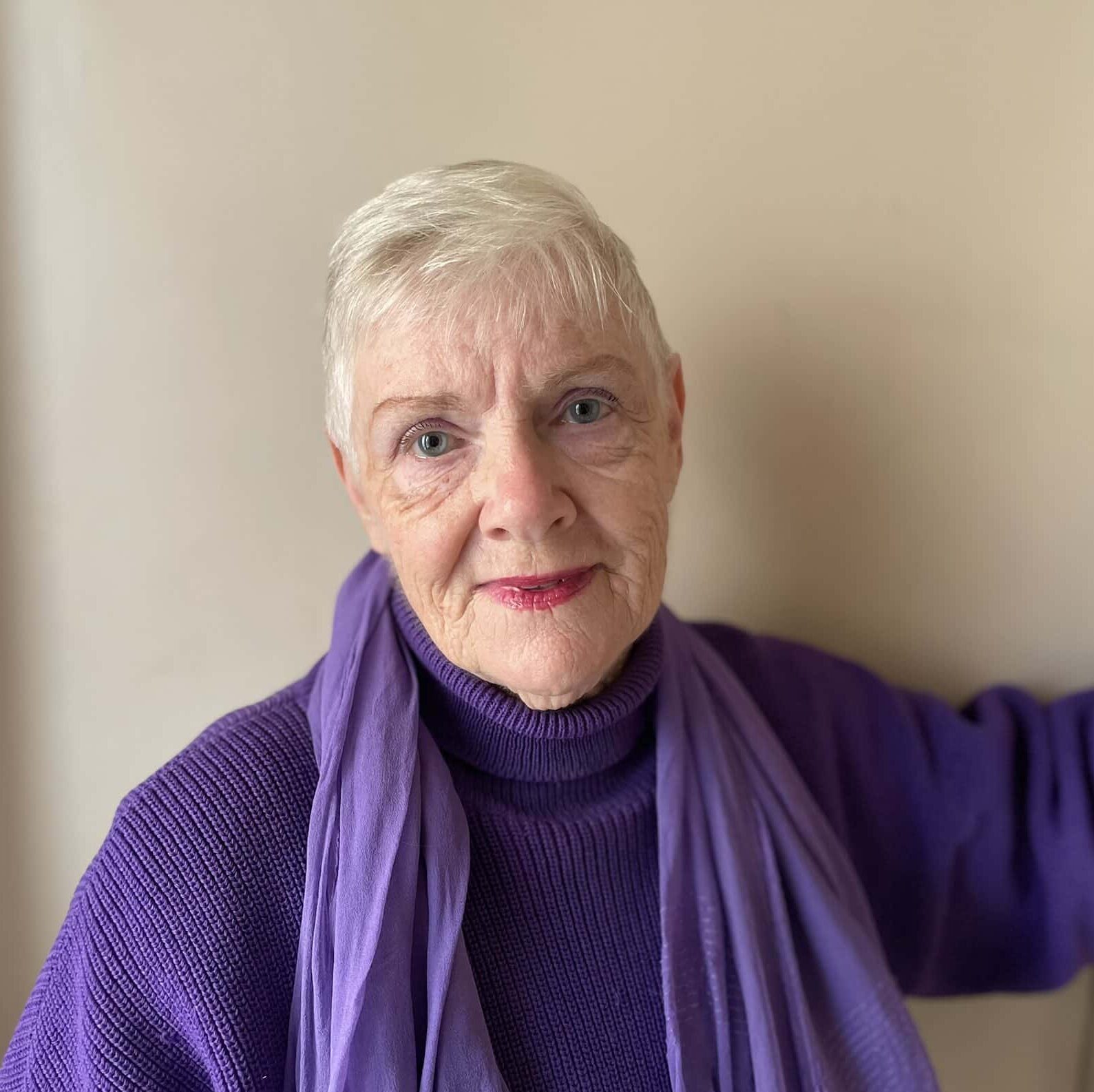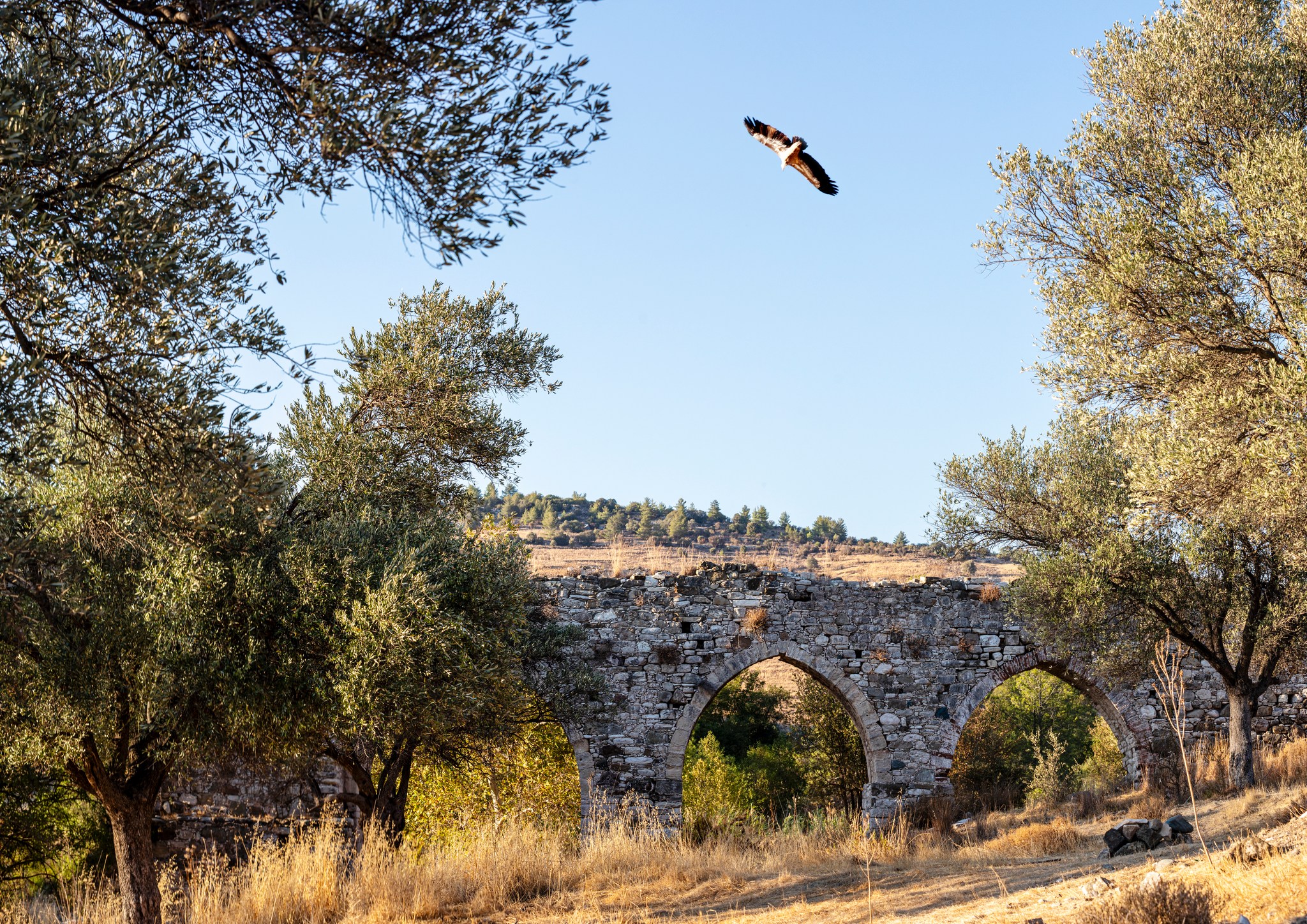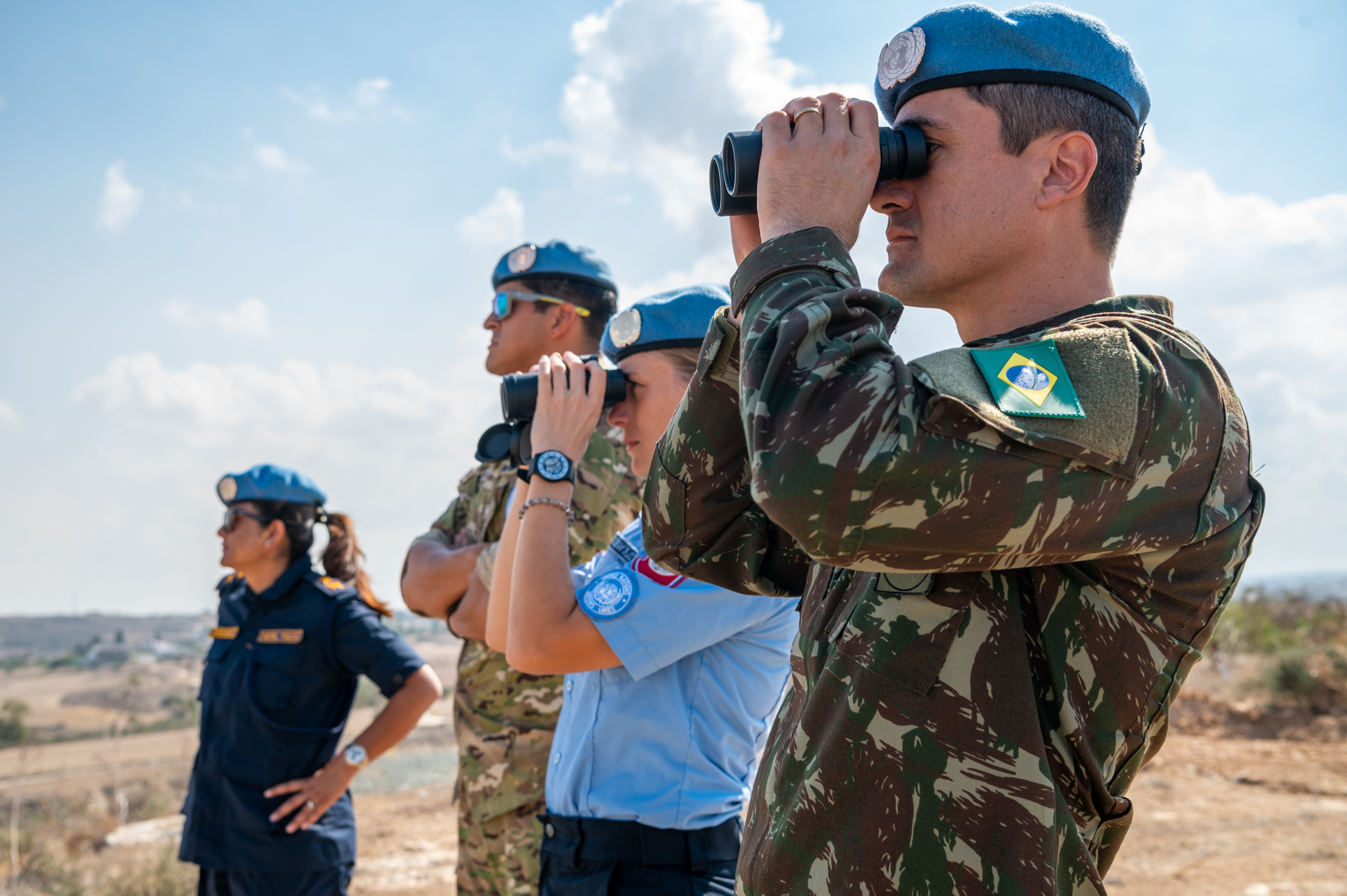THE WAY THINGS ARE
On a favourite site among the usual gems of advertised literature, I found horror stories especially written for children. Young adults enjoy scary thrills. I lied about my age at cinemas, knowingly read stories that would terrify me. Catholic children in my teens believed in evil spirits because church sermons regularly informed of the proximity of demons.
Vampire/monster horror movies or stories aren’t real, evil spirits aren’t real, they’re just fiction we can shrug off, right? For the majority probably yes, but the lasting or deep effect they may have on an immature or perceptible mind depends on how impressionable the child is.
Knives are popular in slasher movies, cheaper than guns, easy to obtain, easy to hide. We know the movie scene: a tough instructor teaching a group of soldiers where to strike on the human body, so opponents ‘bleed out’ quickly. Before knives became instruments of common UK crime, in Netflix series The Following a charismatic cult ‘mentor’ urged youngsters to kill with knives.
The usual question is to what extent can a young susceptible mind be influenced by ‘entertainment’ to the extent that it triggers dormant psychological disturbance into action. Are explanations given by writers who say these horror stories can have a (supposed) positive effect on young children real, or a mere excuse to sell to a new audience?
Choice rules at most levels, personal or professional; young children need parental guidance. Do we now need age categories on books? Some publishers shy away from accepting horror for youngsters. Others will readily take what now poses under ‘dark action/Gothic/psychological thrillers’. Horror writers/film makers can give reasons for terror they create.
What counts for adult aficionados is a quality product and a good plot not just a blood bath from start to finish with the victims usually being the audience often catered for – the expendable young adults. Some say this work puts the fears and anxieties of youth in the open where kids can relate to them as insights into human behaviour. That’s a debatable topic since that particular brand of ‘human/inhuman behaviour’ is usually sickening.
As parents we try to teach our young to function in a world that is often unkind or frightening, to choose thoughtfully for themselves as individuals with common sense. Why encourage young children to explore horror when we tell them early on bad dreams are just that, there’s no boogeyman under the bed or in the cupboard, when horror writers tell them there’s a multitude of things to fear in a home or in nature.
The stability of a good, normal childhood can help form a bastion against problems later in life. Horror is not normal, putting hideous images into a child’s mind isn’t normal. Some curious mid-teens who watch exorcism/satanic possession movies, admitted to me the impact can linger and worry but fades.
Others can’t cast away what they saw or read, the initial thrill becomes mental and physical unease. Some sleep with lights on afraid of whispers in the dark, a ghostly visitation or a demon wanting to barter for their soul. Evil forces have always been a source of focus for humankind.
Studying the occult is a profession for some. Occult expert Charles Walker wrote ‘… light cannot exist without shadows and it is necessary to work with the shadows as with the light.’ But not for the very young. Some young minds store horror read or seen and carry it forward threatening mentally embedded shadows of the supernatural.
Once good was obliged to overcome evil with the hope of salvation after chaos. More often now the end of a movie or story will hint that the evil thought defeated is still there ready to reemerge making way for a sequel. Scare master Alfred Hitchcock said a laugh was needed to lighten the tension in terror. Is a swiftly lost laugh enough for kids?







Click here to change your cookie preferences